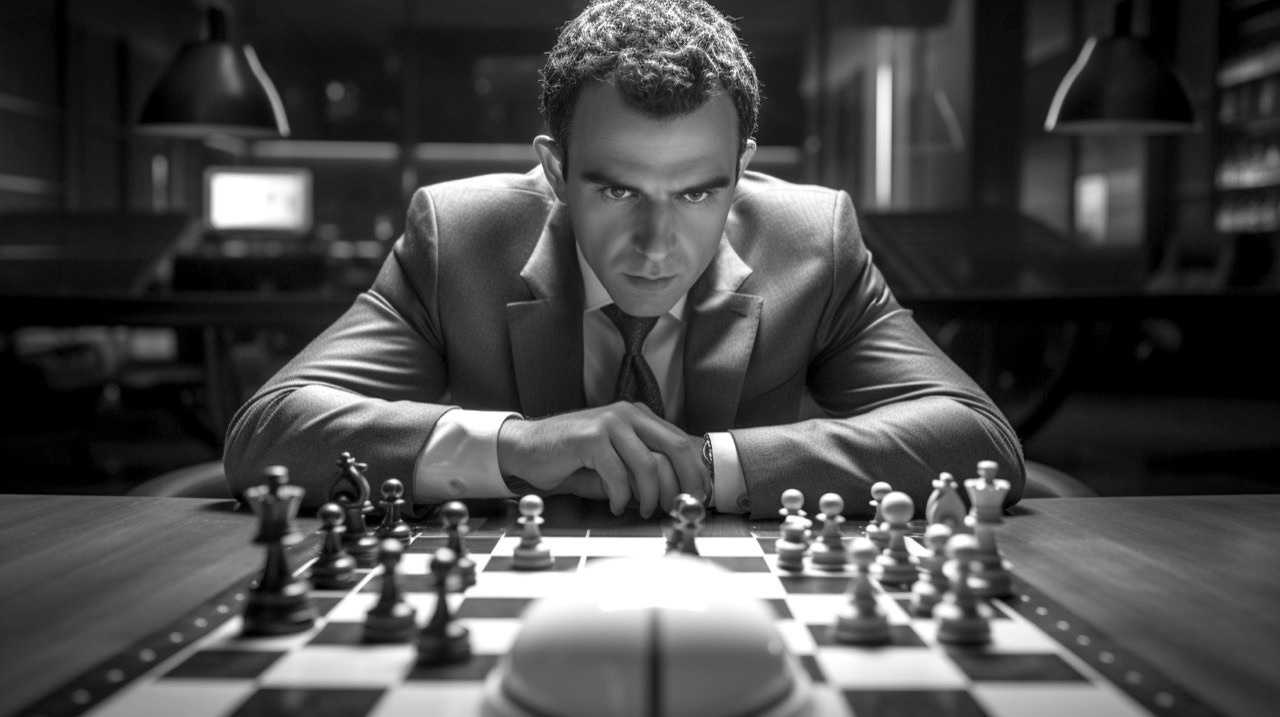In Star Wars, Luke, a young farmer, receives an unexpected call to rescue a princess. At first he resists, but when the farm is burnt down (with his aunt and uncle inside), he changes his mind. In the company of Ben Kenobi, Han Solo, Chewie and two androids, he takes on the Empire. Along the way he grows as a person. And, in the end, he destroys the Death Star.
In The Lord of the Rings, Frodo, a young hobbit, is unexpectedly tasked with destroying The Ring. At first he resists, but with the threat that Sauron will obliterate the Shire, he changes his mind. In the company of Gandalf, Sam and the rest of the Fellowship of the Ring, he takes on the Dark Lord. Along the way he grows within. And, in the end, he emerges victorious on Mount Doom. In Braveheart, William Wallace, a young Scotsman, is pressured to confront the English invaders. At first he resists, but when his wife is murdered he changes his mind. In the company of his followers, he wages a guerilla war against Edward I. Along the way he grows as a leader. He is betrayed and executed, but his spirit triumphs in the final battle, where Robert the Bruce asks his armies to follow him as they once followed Wallace.
Star Wars, Lord of the Rings, Braveheart and even Homer’s Odyssey are essentially the same story. Or to be precise, they have the same structure. Joseph Campbell, in The Hero with a Thousand Faces – inspired by classical mythology – called it The Hero’s Journey, a narrative in 17 stages, later reduced to 12 by Christopher Vogler. It can be found in countless narratives, and not just epics: in his book, Myth and the Movies, Voytilla analyses hundreds of screenplays and structurally relates Jaws, Annie Hall or Chinatown with ease.
The Hero’s Journey is just one of many such structures for telling stories. In his Poetics, Aristotle coined the first one, in three acts (beginning, middle and end); later, Syd Field modernised it in his screenplay theory (set-up, confrontation and resolution), adding intermediate turning points; Gulino refined it with his eight-sequence approach; Blake Snyder divided the action into 15 dramatic beats; Harmon rearranged everything into an eight-phase circle; Christopher Booker argued that all stories can be framed in seven master plots; and Pixar’s Emma Coats (22 Rules of Storytelling) sums it all up in a simple narrative sequence: Once upon a time__Every day__ But one day__ Because of that__ Because of that__ …/… Until at last__.
Narratives, be they theatre, film, series, spots, commercials, digital campaigns, strategies – or even this article – respond to structures. Each medium has its own. Some are canonical and some are intuitive, but they always put thinking in order and accelerate it. Structure is the barest hint of the scientific in any story. You can either understand this before you start thinking, or you can waste a whole lot of time and efficiency by starting from scratch each time.
Some time ago I did a course at the New York Film Academy which was called precisely that: Screenplay, Story & Structure. An Italian classmate of mine said the all the work involved was doing his head in, and complained that it was stifling his creativity. The instructor, who was a professional script reader, argued the opposite: structures work, and they provide a foothold for the creator to focus on what is really important: the story. Some time later, a creative friend came to me all worked up because he had just found out that in Hollywood all films were written with a template. He showed me a worksheet with Snyder’s 15 beats and concluded that creativity was definitely going to shit.
I just smiled. It doesn’t matter whether the structure is 15 beats, The Hero’s Journey or Pixar’s simple sequence. The tricky thing is to fill in the gaps in between so that The Silence of the Lambs, The African Queen or Coco will blossom from that same little sheet. That is true Creativity. That is the real Magic.



